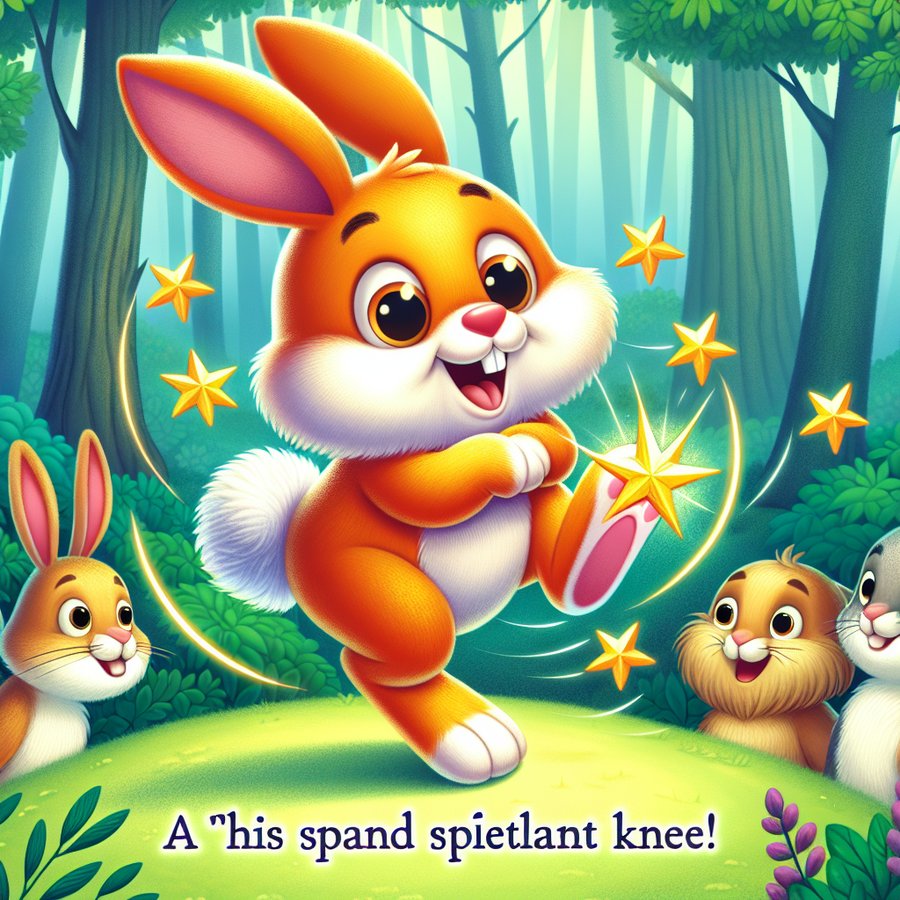Jumper’s Knee, medically known as patellar tendonitis, is a condition that can affect children, particularly those active in sports. This comprehensive guide provides essential insights for new parents on understanding, managing, and preventing Jumper’s Knee in their little ones.
What is Jumper’s Knee?
Jumper’s Knee is characterized by pain at the front of the knee, specifically where the patellar tendon attaches to the shinbone. It is commonly seen in individuals who engage in activities that involve a lot of jumping and running, hence the name. While it’s more prevalent in athletes, children who are active in sports can also develop this condition.
The condition arises from repetitive stress on the patellar tendon, causing inflammation and pain. Early detection and treatment are crucial to prevent the condition from worsening. This guide will delve into the symptoms parents should watch for, the causes behind Jumper’s Knee, and the effective strategies for treatment and prevention.
Symptoms of Jumper’s Knee in Children
Identifying Jumper’s Knee early in children is key to managing the condition effectively. The most common symptom is a pain just below the kneecap that worsens with activity. Other signs include stiffness in the knee, especially in the morning, and swelling around the kneecap.
Parents might also notice their child limping after physical activity or complaining of knee pain after sitting for extended periods. It’s essential to consult a healthcare provider for a proper diagnosis if any of these symptoms are observed. Early intervention can significantly ease discomfort and prevent further injury.
Causes and Risk Factors of Jumper’s Knee
The primary cause of Jumper’s Knee is the repetitive strain and overuse of the patellar tendon. Activities that involve a lot of jumping, such as basketball and volleyball, can increase the risk of developing this condition. However, other factors can contribute to the risk, including muscle imbalance, improper training techniques, and inadequate footwear.
Children with a higher body mass index (BMI) may also be at an increased risk due to the additional strain on their knees. Understanding these risk factors can help parents and caregivers take preventive measures to protect their children from developing Jumper’s Knee.
Treating and Managing Jumper’s Knee in Children
Treatment for Jumper’s Knee typically involves a combination of rest, ice, compression, and elevation (RICE). This conservative approach aims to reduce inflammation and alleviate pain. Additionally, physical therapy may be recommended to strengthen the muscles around the knee and improve flexibility.
In some cases, a doctor may advise using a knee strap or brace to support the knee during recovery. It’s important for parents to follow the healthcare provider’s guidance closely and ensure their child avoids activities that may exacerbate the condition until fully healed.
Preventing Jumper’s Knee in Active Children
Prevention is key when it comes to Jumper’s Knee. Encouraging proper warm-up exercises before sports and physical activities can help prepare the muscles and tendons for the stress ahead. Ensuring children wear appropriate footwear that offers good support can also reduce the risk.
Teaching children about the importance of listening to their bodies and reporting any pain or discomfort early on can prevent minor issues from becoming more serious. Additionally, incorporating rest days into their routine allows their bodies to recover, reducing the risk of overuse injuries like Jumper’s Knee.
For more detailed guidance on managing common conditions in active children, such as Jumper’s Knee, visit our extensive Jumper’s Knee resource page.
Becoming informed about Jumper’s Knee can help new parents recognize the signs early, understand the treatment options available, and take proactive steps to prevent the condition in their active children. By fostering a healthy balance of activity and rest, ensuring proper technique and equipment, and responding promptly to any signs of discomfort, parents can help their children enjoy sports and physical activities safely and happily.













